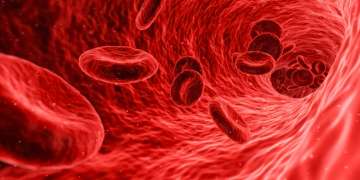Vascular Anesthesiology
The Division of Vascular Anesthesiology at UCLA is a busy subspecialty section which handles over 1000 cases per year. Vascular disease processes, especially in our aging population, continue to be a significant cause of circulatory conditions requiring surgery or other interventional procedures. Our physician anesthesiologists focus on providing expert perioperative care for simple to very complex cases involving the vascular system, including:
- Carotid endarterectomy
- Creation of AV fistula
- Endovascular intervention for peripheral arterial disease
- Endovascular and open repair of aortic aneurysm
- First rib resection for thoracic outlet syndrome
By the end of training, our residents are well equipped to handle the anesthetic challenges and hemodynamic variations inherent in vascular surgery, and the coexisting diseases of many vascular patients. The management of invasive monitors, lumbar drains, aortic cross-clamp, coagulopathy, transfusion, and emergency vascular repairs are included in our comprehensive training program for residents and fellows.

Great strides are being made in endovascular procedures with rapidly advancing technology and the continuous improvement of stents. Many procedures that involved large incisions with more pain and higher risk in decades past may now be performed through tiny incisions in UCLA’s state-of-the-art interventional radiology and catheterization suites. In many cases, these procedures can be performed under sedation only, avoiding the need for general anesthesia, and resulting in shorter hospital stays. UCLA’s vascular anesthesiologists work closely with our colleagues in vascular surgery, consulting frequently in a joint planning conference to ensure the best outcomes and highest level of care for each and every one of our patients.
Information for Patients and Families
Prospective patients and their families are referred to the Anesthesiology Medical Services section of our website for more information about anesthesia and surgery. General information about the admission process, lodging, and other resources may be found on the For Patients & Visitors area of the main UCLA Health website.
Our Physicians
Director:
Faculty: